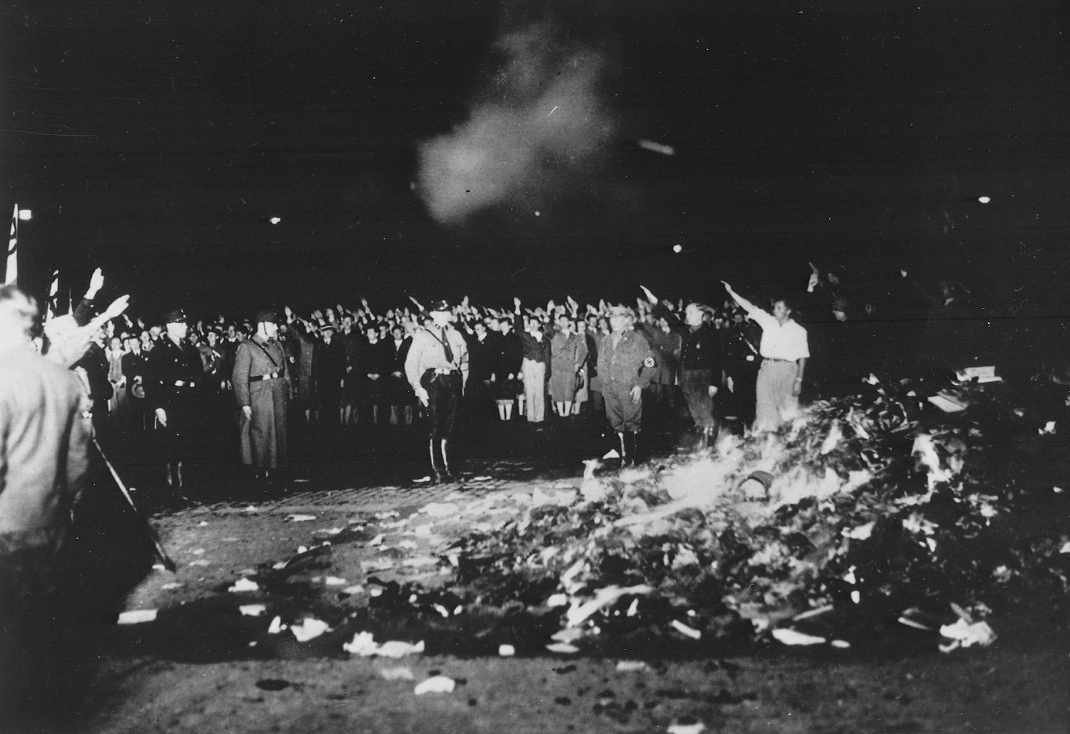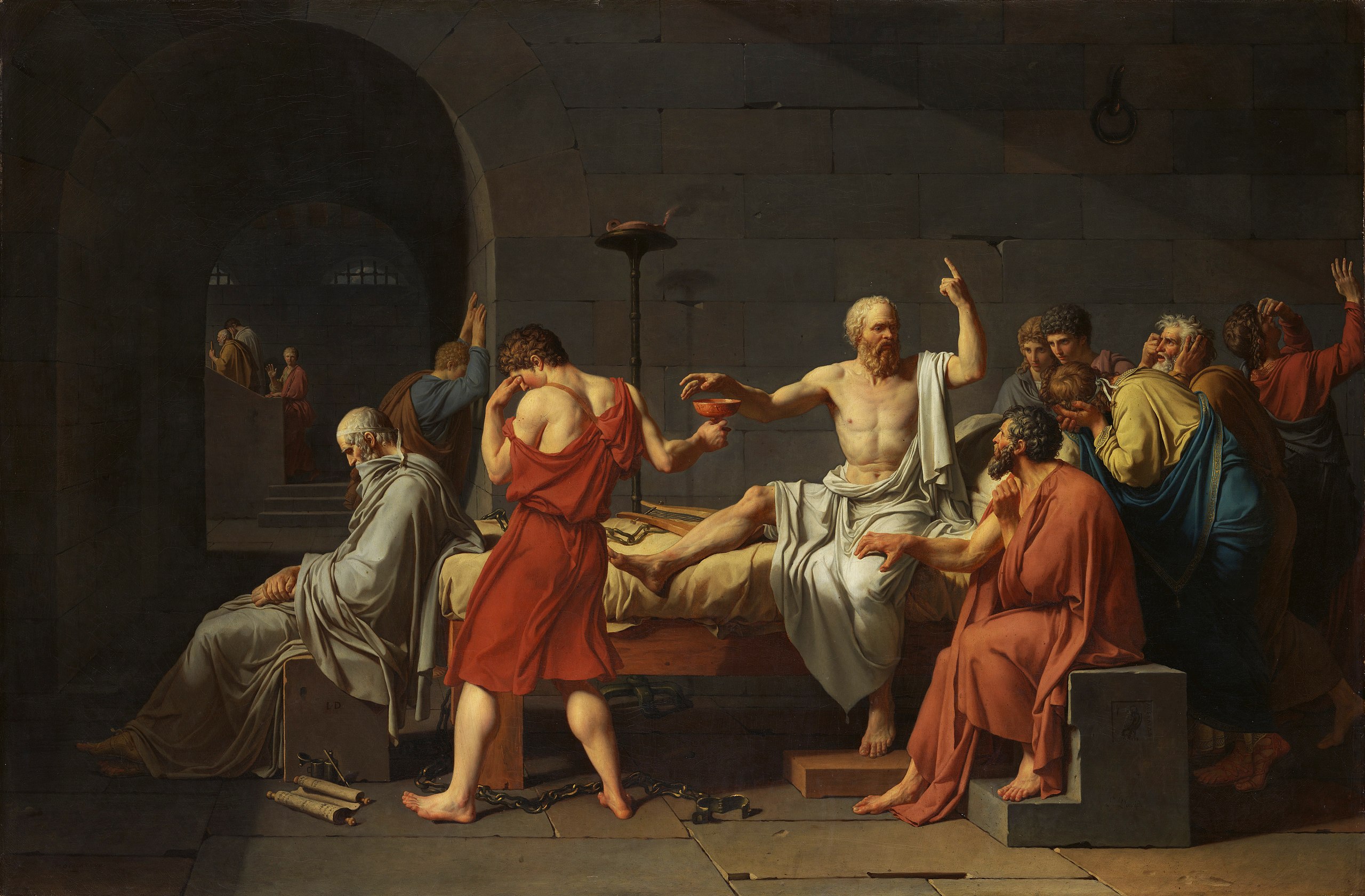Why are student athletes not being held to the same standard as professionals?

Kavahn Mansouri
-Editor-In-Cheif-
For the past decade the world of sports has found itself in a rough spot when it comes to drugs. It can be hard to miss in the news when a player is caught “doping” and it seems like not a month goes by without another athlete being caught for using performance-enhancing drugs.
The same could be happening at STLCC-Meramec but we would not know it unless the athletic department mandated drug testing for athletes. And, currently, our athletes are not regularly drug tested.
Why not? Why are student athletes not being held to the same standard as professionals? Are they special? Do they not full under the criteria to be tested? There are so many reasons to test every athlete who competes for our college, as well as any other college.
Following super star athletes drug problems is a nice distraction from a very potential problem that touches every college in the nation. It is important to take a look at the possible problems a community like Meramec can face when drugs become a problem with their own athletes. A problem is a problem, and whether that problem has reared its ugly head it needs to be addressed.
Imagine two athletes who are both on scholarships. Athlete A, who has kept clean all of his life, played fair and is a good player. Then imagine athlete B, who is a great player but “experimented” with drugs and used performance-enhancing drugs to further himself as a player; thus becoming a better player than athlete A. The fair thing to do is to choose athlete A, although he may not be as good of a player as athlete B, he trained to be strong without the crutch that is performance-enhancing drugs.
While the idea of choosing the clean athlete sounds like an easy-as-pie plan, realize that weeding out a user is much easier said than done. The question of drug testing our athletes then comes into play, and while some would think that testing is not a tedious task, the questions must be asked. Do we have the right to test our athletes? How much will it cost? What are the consequences of being caught? One of the most important topics in the conversation is that some athletes on scholarships could be using performance drugs and there is no way to screen players to make sure this is not happening. Some students would say that it is not fair for an athlete who is using a substance to receive a scholarship while other students struggle just to pay tuition.
So is drug testing worth the hassle? Yes, it is. Consider hypothetically athlete A, who came to Meramec to play a sport and did not make the team. Instead of playing he gets to watch athlete B play from the bleachers. Fair? No. But it solidifies the point that even at a school like Meramec, drug testing is by all means necessary.
At the end of the day it comes down to what is fair. Too often the situation is that the better athlete will play, and in most cases that is the best way to play the game. It is, however, important to realize that there is a real possibility of doping, even at a community college.











